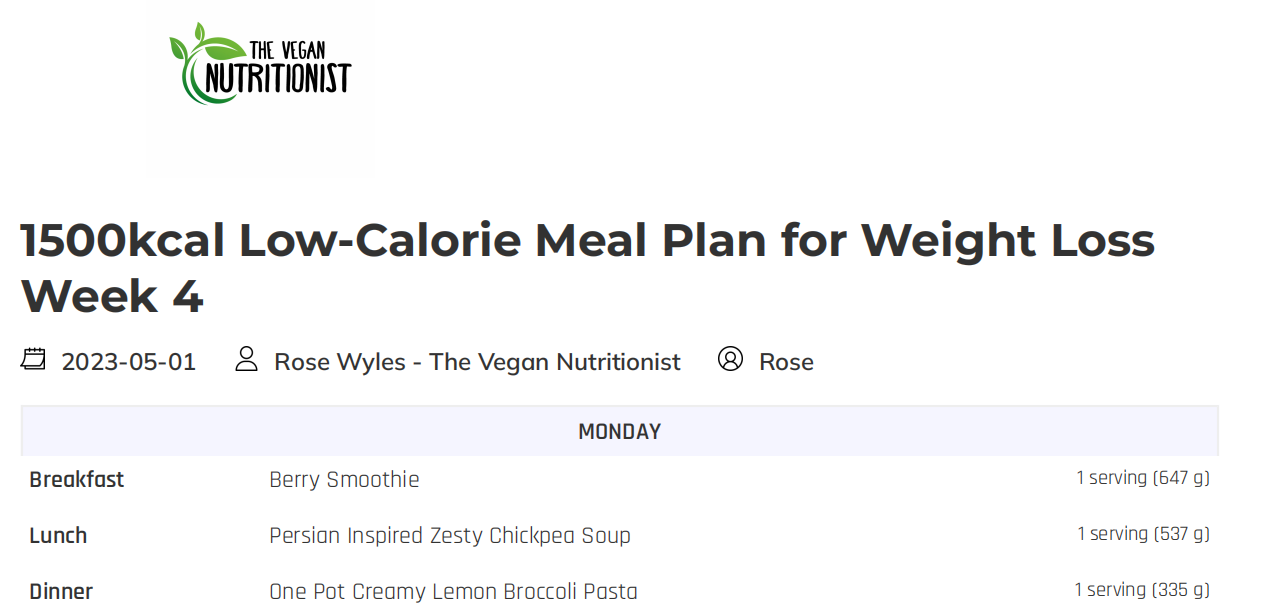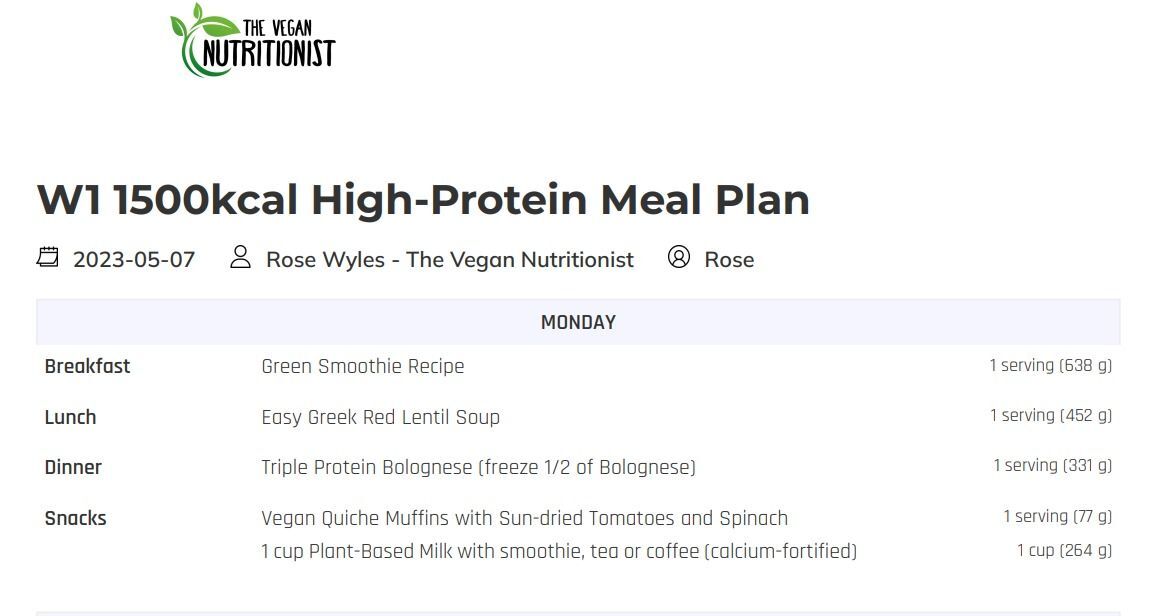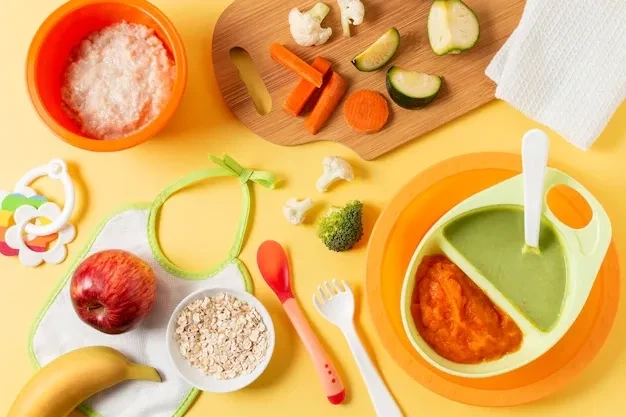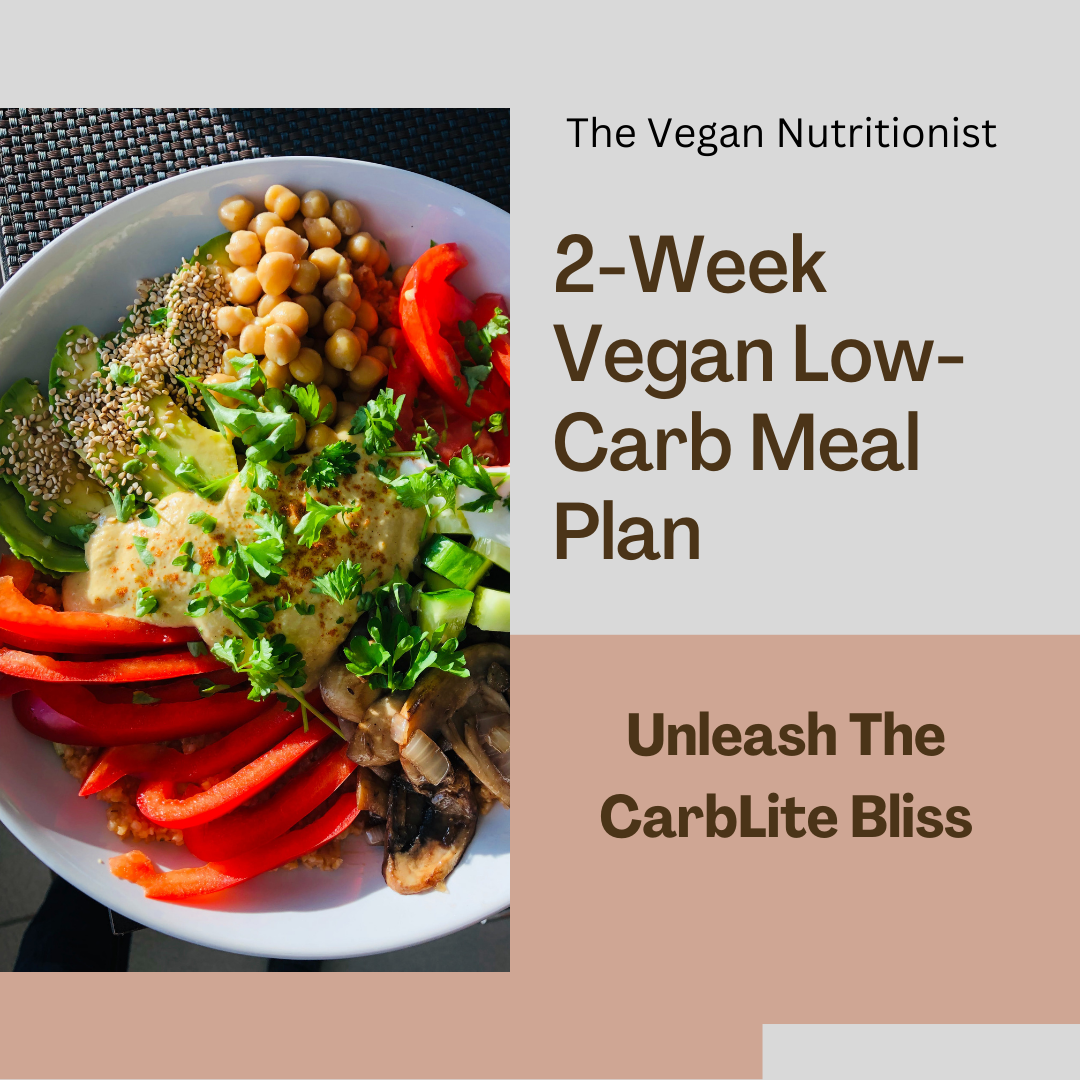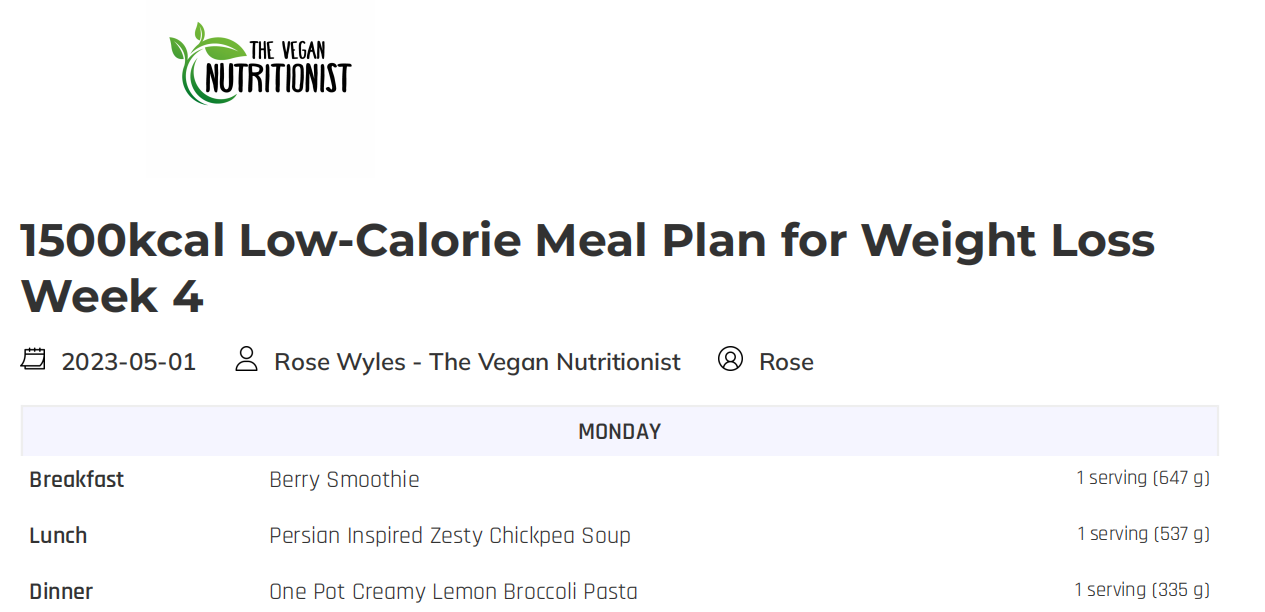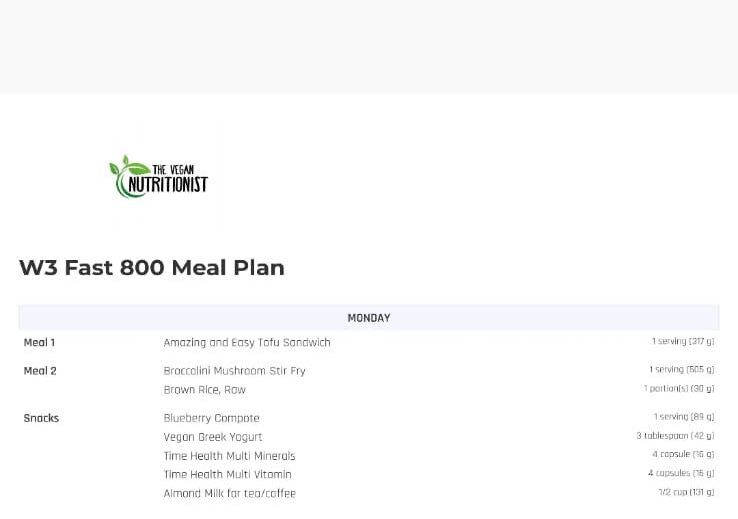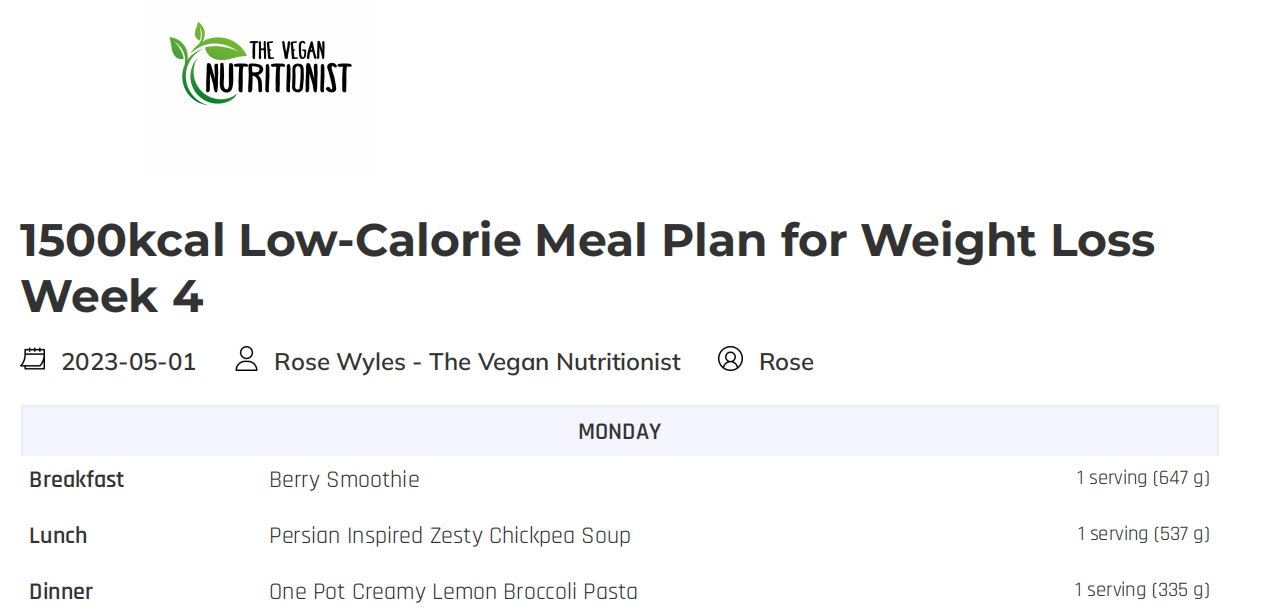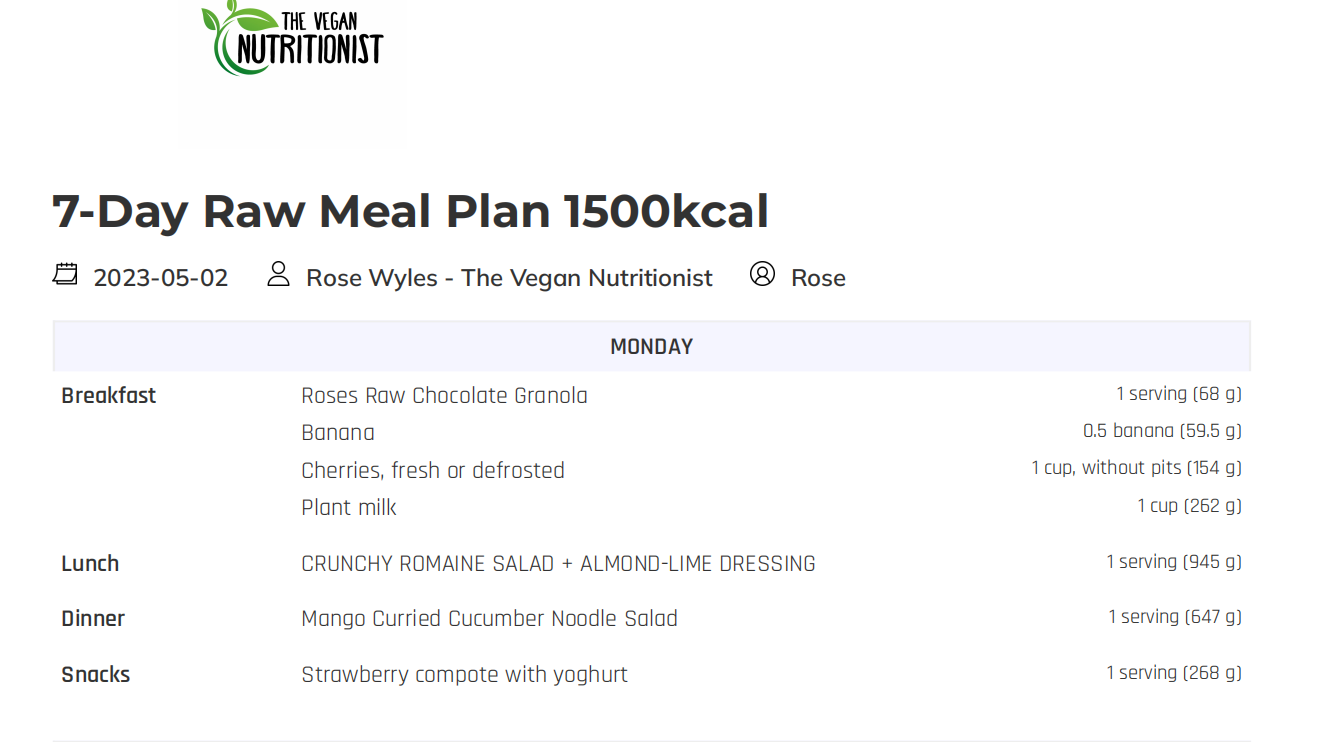Miso Noodle Soup with Crispy Sesame Tofu
Full of Vegetable and Probiotic Goodness with a Crunch of Tofu

No Matter the Weather

What is Miso?
Miso is made from soybeans and rice, though other grains such as barley can be used. It's a fermented condiment popular in parts of Asia, most notably; Japanese miso soup, though in recent years has made it's way to the Western world and is especially popular in the macrobiotic diet, due to it's probiotic benefits.
Miso is incredibly nutritious and is linked to a variety of health benefits including improved digestion and a stronger immune system. This traditional Japanese condiment consists of a thick paste made from soybeans that have been fermented with salt and Koji which is a grain (usually rice) that has been inoculated with a type of mold called Aspergillus Oryzae.
Studies report that eating miso may reduce the risk of lung, colon, stomach (even though high in salt, it seems the soybeans cancel out the adverse effects of the sodium!), and breast cancers. Interestingly, consuming miso which is high in sodium, was found to attenuate sympathetic nerve activity, resulting in lowered blood pressure and heart rate. This is also especially true with miso varieties that are fermented for 180 days or longer.
Amazingly, another experimental research study suggested Japanese people who eat a lot of miso soup with wakame seaweed showed a lesser radiation effect and no acute radiation disease after the atomic bombs were dropped in Nagasaki on August 9th, 1945.
Salt plays an integral part in many fermented and pickled foods. It checks the fermentation process, creating foods with optimum nutrition while preventing them from spoiling. Miso contains enough salt to control the fermentation successfully. As miso has salt, it is often used to replace the salt in traditional recipes.
So if using miso be sure to use low sodium stock cubes or taste before adding additional salt to the recipe. When substituting miso for salt, add approximately one to two teaspoons of miso for one quarter of a teaspoon of salt. This way the salt intake can be lowered and the full benefit of miso can be gained with it's taste and nutrition.
To maximise miso's enzymatic benefits, choose an unpasteurized variety, and select recipes where miso is added towards the end of cooking, such as with my miso soup recipe!

Select your noodle!
This miso noodle soup recipe calls for udon noodles though any noodles you have will do, I always opt for organic where possible, and I prefer to use dried noodles to cook and add when needed, though there are vacuum-packed "ready to wok" noodles you can buy and add to the soup towards the end to warm through.
I like to buy my Asian food supplies in bulk, and for a lower price, I got my noodles, soy sauces, chili oil, and lots of other condiments from the online oriental mart store.

Shroomy Soy Sauce
I love a good dark soy sauce to add depth and richness to my dishes; this dark mushroom soy sauce takes its flavour to whole new heights!
It's easy to use in a variety of vegan dishes; just replace any soy sauce for that extra hit of unami richness, like braised tofu, or in this case, my miso soup.

How to Make Miso Soup
To make this miso soup, you will need your veggies of choice; I went with red onion, sugar snap peas, carrot, kale that I foraged recently, brussels sprouts, mushrooms, and also bok choy.
You can use any variety of veggies that you have. Just make sure they are all cooked to how you like them before you add your miso and noodles.
The base of the soup is vegetable stock, soy sauce, ginger, garlic, and miso, and this will help to bring together all the other flavours of the vegetables and the noodles too.
To finish is the wonderfully crispy and spicy tofu chunks crusted in panko and sesame seeds. These work great on top of the soup to add extra crisp, fibre, fats, and protein, which will allow you to feel fuller for longer naturally.

Miso Noodle Soup with Crispy Sesame Tofu Recipe
Serves 2
INGREDIENTS
- 750ml water
- 1 low sodium vegetable stock cube
- 1 tbsp miso paste, I used brown
- 1 tbsp soy sauce, I used dark mushroom
- 100g dried noodles, I used Japanese thin udon
- 3 cloves garlic, minced
- 1 inch ginger, minced
- 3-4 cups chopped vegetables of choice, I used carrot, red onion, kale, bok choy, brussels sprouts, sugar snap peas, and mushrooms
- 1 tbsp fresh herbs, I used rosemary though sage or dill would also work nicely here
For the tofu
- 100g extra firm tofu, pressed, cubed
- 1 tbsp chili oil with flakes
- 2 tbsp corn starch
- 1 tbsp sesame seeds
- 4 tbsp panko breadcrumbs
- 1/2 unsweetened soy milk
METHOD
1. Bring to the boil the water with the stock cube, soy sauce, ginger and garlic. Add the veggies and simmer for 6-8 minutes.
2. Whilst that is cooking, prepare your noodles to packet instructions. Drain and let sit in cold water until using.
3. To prepare the tofu, mix panko breadcrumbs with the sesame seeds, coat the tofu cubes in corn starch, then dip in the plant-based milk, then into the breadcrumb sesame mix.
4. Pan-fry the tofu pieces in a little oil until crispy. To finish I tossed with a tsp of the chili flakes at the bottom of the chili oil, this is optional but it massively improves both the taste and texture.
5. Add the noodles to the veg soup, along with the miso, mix well, and taste for seasoning.
Serve with the tofu on top!
Enjoy!
Recipe by Rose Wyles - The Vegan Nutritionist
For professional assistance with adopting a healthy and nutritious plant-based diet, go to www.thevegannutritionist.co.uk/nutritionconsulting
Share this Post!

Reach out by sending me an email
Need assistance with your diet or health goals? I'm here to help. Send me a message and I'll be in touch.











